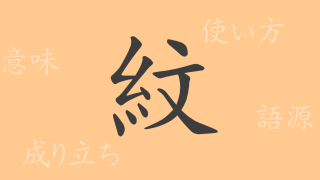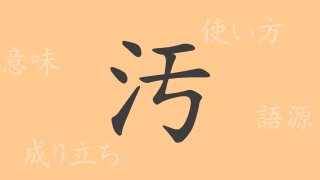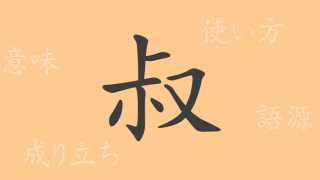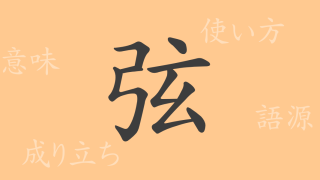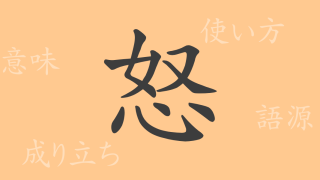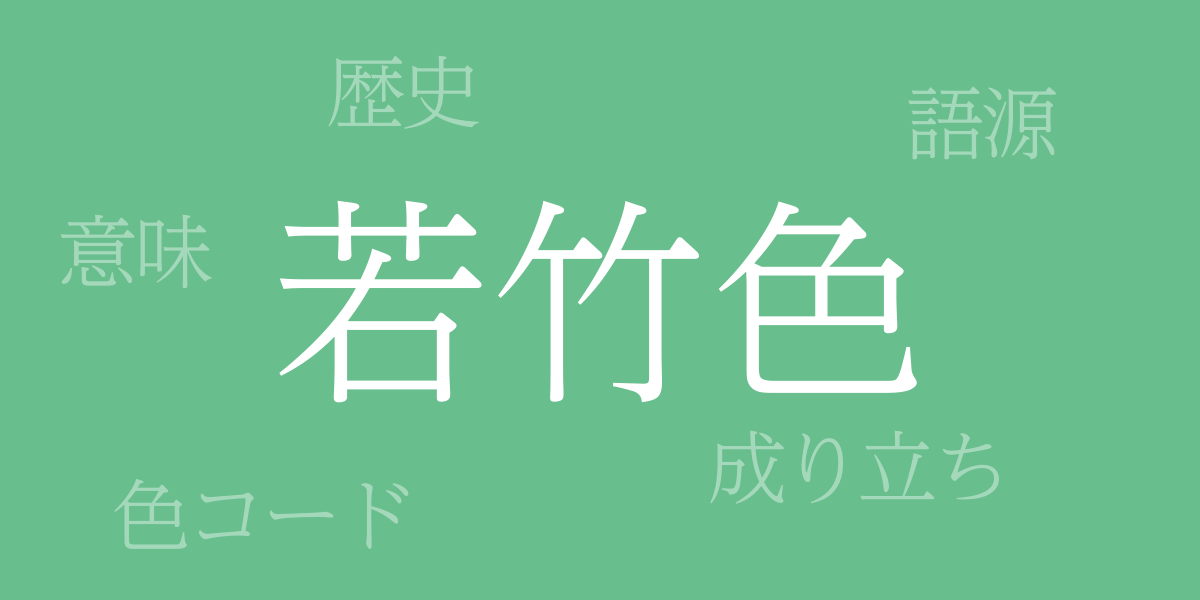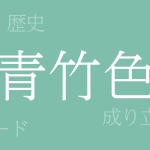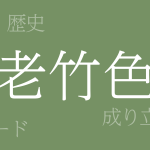Traditional Japanese colors carry unique cultural and historical significances. ‘Wakatake-iro (若竹色(わかたけいろ))’ is one such color, characterized by its refreshing green reminiscent of spring’s young leaves, evoking the gentle breezes of the season in the hearts of the Japanese.
About Wakatake-iro (若竹色(わかたけいろ))
Wakatake-iro (若竹色(わかたけいろ)) is a vivid, life-filled green akin to the fresh bamboo of early spring. This color is deeply rooted in the Japanese landscape and culture, especially revered as the herald of spring. Wakatake-iro symbolizes harmony with nature and youthfulness, and is commonly used in traditional Japanese dyeing and crafts.
History of Wakatake-iro
The history of Wakatake-iro dates back to the Heian period, as documented in historical texts. By then, it was already used in a variety of applications, including garments, screens, and ceramics. Wakatake-iro was also favored by samurai and court nobles, frequently featured in their attire.
Color Codes for Wakatake-iro
For modern design and digital media applications, the color codes for Wakatake-iro are as follows:
- HEX: #68BE8D
- RGB: R:104 G:190 B:141
- CMYK: C:61 M:6 Y:57 K:0
Western Name for Wakatake-iro
In English, Wakatake-iro is referred to as ‘Young Bamboo Green.’ This Western name derives from the vibrant green that evokes images of youthful bamboo. This name is frequently used internationally, especially in fields like interior design and fashion.
Summary on Wakatake-iro
Wakatake-iro, with its bright and lively hue, is beloved by many Japanese. It is recognized not only as a harbinger of spring but also as a symbol of new beginnings and growth. Even in modern times, its versatility and attractive coloration are appreciated, making it widely used across various domains.





